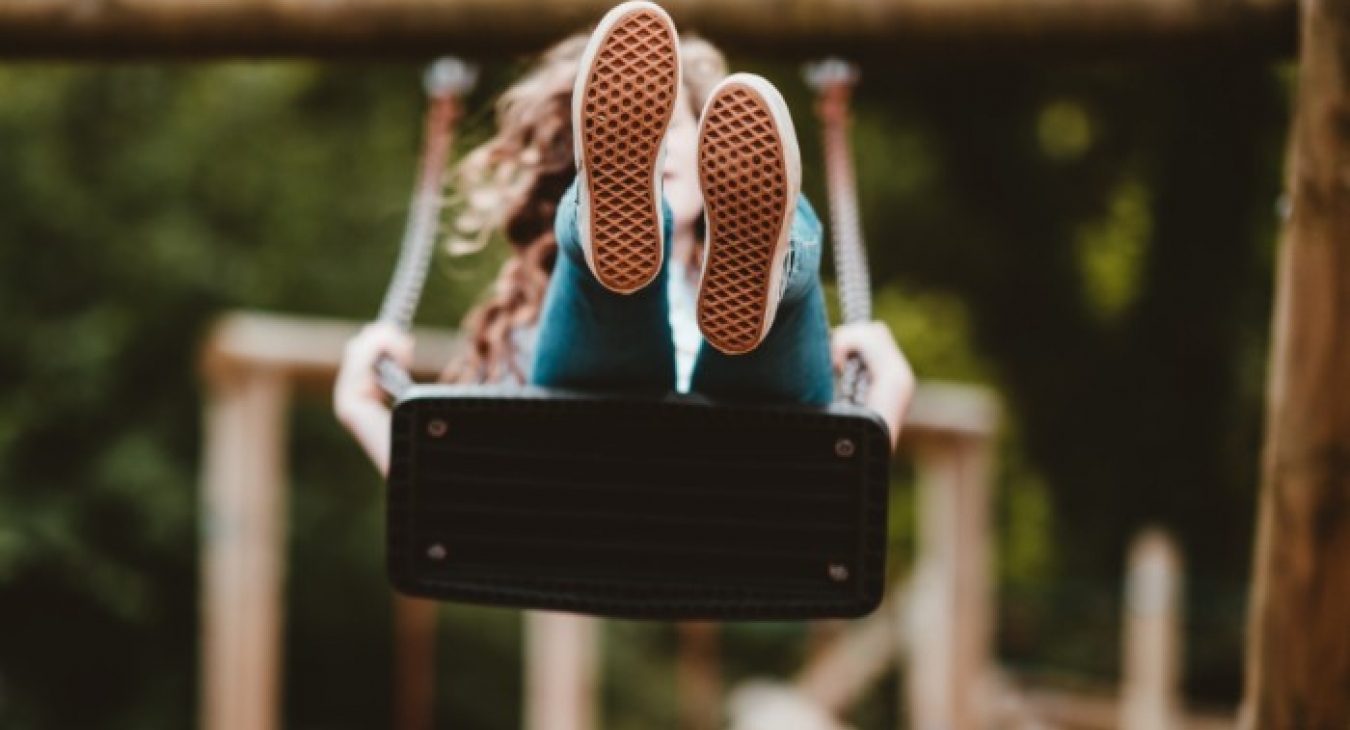annie-spratt-unsplash
As a parent or caregiver, you strive to keep your child safe and happy whenever you can. Part of this job includes ensuring their protection when you take them out to play with others.
Playgrounds provide expressive ways for children with special needs to interact with other kids. However, if your child has special physical, mental or behavioral needs, they'll require specific accommodations for their safety.
Whether you're familiar with the ins and outs of playground safety, you should take the time to acquaint yourself with these essential points to keep your outings entertaining and injury-free.
1. Ensure Equipment Is Safe and Accessible
When you visit a playground, check all the equipment and pathways to ensure no hazards or obstacles are present.
If the playground offers ramps and platforms for children in wheelchairs, make sure they have guardrails and wheel stops to assist children in reaching higher ground. The path leading to the playground should also be wheelchair-accessible, paved and wide enough for children to roll around without getting stuck or boxed in. Check for hands-on play areas.
A fence around the area protects children who are eager to run around and explore. Allowing them their freedom is essential, but they shouldn't be able to walk off alone. For children who need alone-time due to sensory overload, the grounds should supply quiet areas.
If the playground doesn't have rubber mats, tile or paved ground, you're probably better off finding another spot. Surfaces like concrete or packed dirt aren't fall-friendly, and sand is difficult to navigate in a wheelchair. Falls are always likely in an area where kids run and play, so you want to make sure the surface protects them — not injures them more.
Some children will need assistance while they play, so the equipment should accommodate adults reasonably well. Although, since playground equipment is primarily made with children in mind, you may not be able to accompany your child in every area.
2. Create a Buddy System
Pair your child up with a buddy if you think they'd benefit from having an extra person around. A playground buddy around the same age who shares common interests with your child will nurture their development.
A buddy encourages interactive play — and if your child's friend is non-disabled, they'll learn about empathy and respect for others different from themselves. Another benefit of the buddy system is that they can quickly alert you if any problems arise. It may be useful to have both children spend time together before the playground so that the kids can get to know each other in a comfortable and familiar environment.
Inclusive playgrounds fare better than most people think — parents don't need to keep their children with special needs separate. Kids of all abilities benefit from the inclusivity and cooperative environment a playground fosters.
3. Use Age-Appropriate Equipment
Playground designers create equipment with specific age ranges in mind. Some playgrounds fit toddlers and young children, while others suit school-aged kids. With this in mind, don't let your child play on anything unsuited for their age range as they can hurt themselves. For example, toddlers need more stability and room to move around to prevent falls. Older children may not consider these needs while they're running around and weaving in between other kids.
Search for a playground with separate areas for particular age groups rather than one that only has one play space. It's better to practice safety than to let your child play at a playground they aren't quite ready for.
4. Supervise Them Closely
By keeping your eyes on your child at all times, you'll be quick to respond if they get hurt or need assistance. Supervision doesn't always mean continuously standing over your child — unless their needs require this. Instead, simply remain aware of what they're doing.
Make sure everyone is playing fairly with each other, and intervene in any bullying or roughhousing that occurs. Every child must understand that the playground is equal footing for all who come. Many children are too young to grasp this concept, though, so communicating and enforcing playground rules can help their understanding. If kids ask questions about your child, you can answer while reminding them everyone needs respect and affirmation.
Facilitate Secure Environments
When you ensure that your child's playground is safe and inclusive, you can sit back, relax and let your little one enjoy themselves. Every child deserves a fun day at the park where they can feel empowerment in any circumstances.





